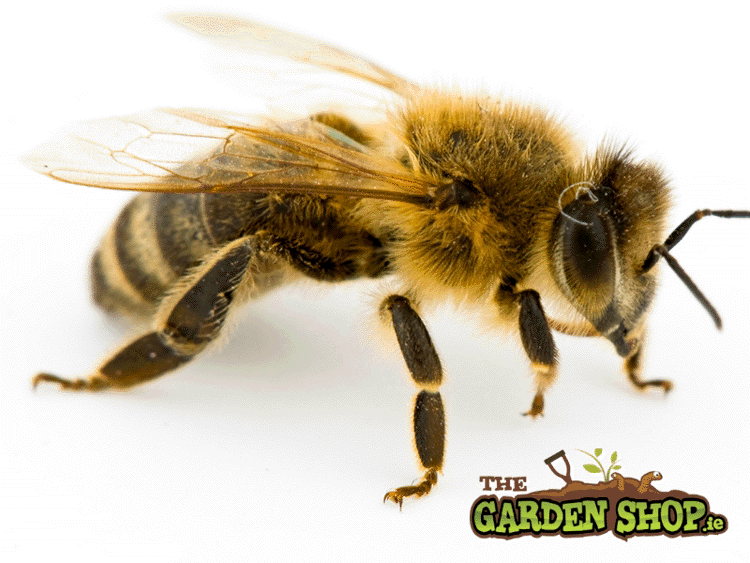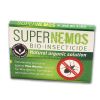The Effect of Pesticides on Bees
With growing concern for the health and well-being of our honey bees, we have put together a fact sheet on the various pesticides & chemicals currently available on the market and their effect on bees.

Honey bees are no doubt an essential cog in the ecosystem wheel. Their tireless work of pollination ensures that we have new annual flowers every year, they give us our fruits and harvest each year without which the world would go hungry.
Bad News For Honey Bees
The information here does not make for good reading for the honey bee, as all pesticides have some detrimental effects. But it is important to know the facts before using these chemicals as this can go some way to help us learn how better to protect our bees.
Below is a list of common active ingredients of found in various pest control products on our website and on shelves throughout Ireland.
Cypermethrin
This is a toxic chemical found in common pesticides. It is a by-product of Pyrethrum and used to control a range of pests including Aphids, Caterpillars, Leather Jackets and Beetles. It is however highly toxic also to bees. It can kill the Italian Honey Bee. This bee is now the common bee of Ireland. If you wish to buy Cypermethrin then look out for products with Qcymbush as this ingredient helps to repel bees meaning that they stay away from the treated plants and do not ingest the pesticide.
Thiacloprid
This is a type of Neonicotinoid. The Jury is still out on Thiacloprid. It is considered mildly toxic to bees in high concentrations. High levels of Thiacloprid can affect the bees ability to navigate and find it's way around. Bees are said to lose their way and not make it back to their hive or become confused about which flower to retrieve nectar from / pollinate. The point here is that most domestic pesticides do not contain any where near the level of Thiacloprid required to kill or harm honey bees.
Pyrethrum
This is a naturally occurring pesticide. Derived from the Chrysanthemum’s flower and not refined much to create a pesticide oil which is diluted in water and then applied to plants. Pyrethrum is considered to have a level 3 toxicity and can kill bees.
Imidacloprid
This is a type of Neonicotinoid. Provado is mainly Imidacloprids. Bees can become exposed to this chemical when they forage for nectar. It is believed that imidacloprid has a negative effect on bee populations by effecting the funtion of the Bee hives (colony collapse disorder) CCD. There have been numerous studies on this chemical, in some cases Imidaclopird was declared safe for bees. In one study in Maryland done over a 3 year period in which high doses of Imidacloprid was 'fed' at high levels to bees and the results showed it had little or no effect on the bees.







